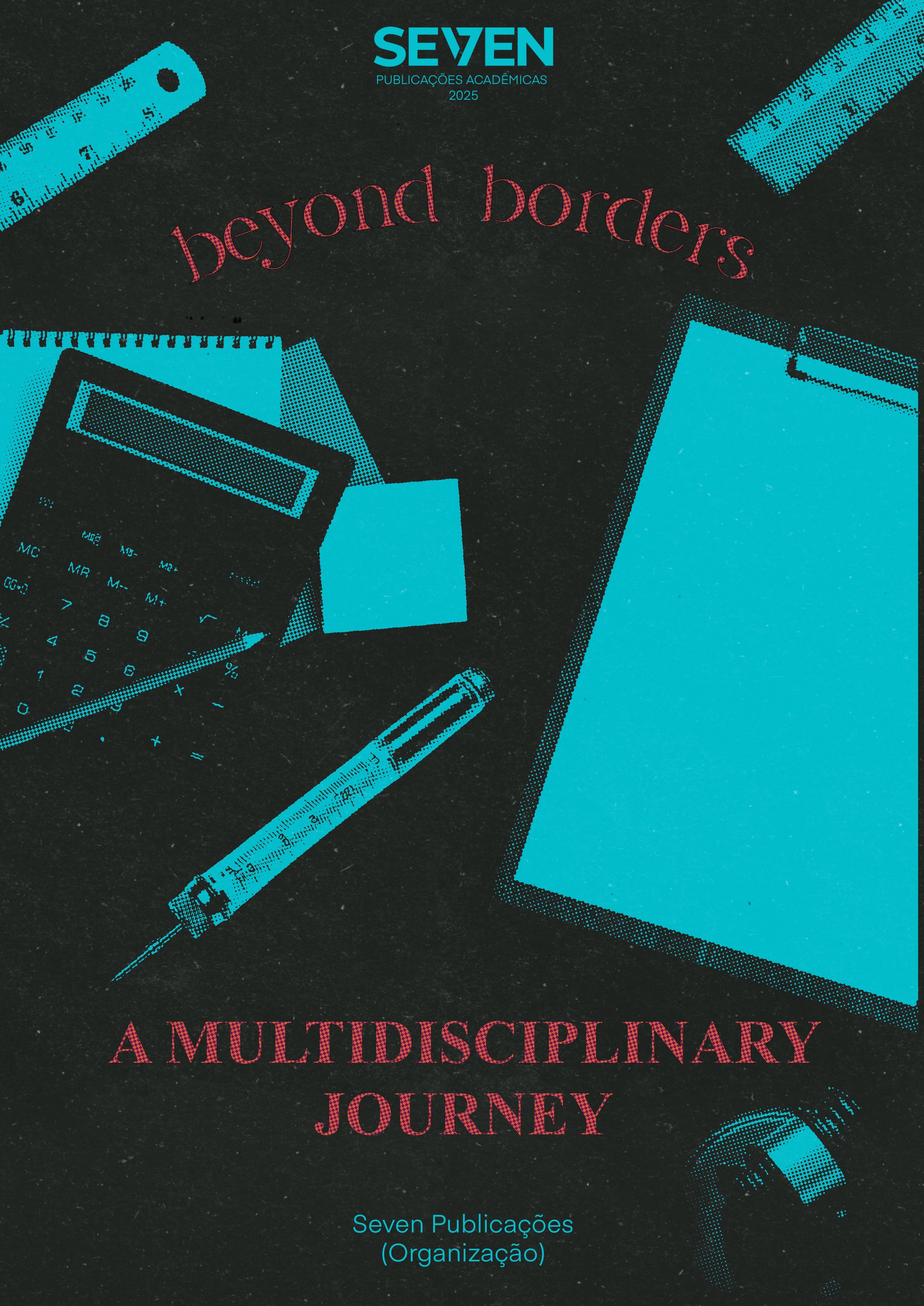IDENTIFICATION OF PLANTS IN CITRUS ORCHARDS USING REMOTE SENSING
Keywords:
Digital Agriculture, Tree Counting, Aerial PhotogrammetryAbstract
The use of Unmanned Aerial Vehicles (UAVs) or drones to capture images is increasingly common due to the physical and spatial resolution of this technology. In agriculture, one of the remote sensing methods that can be performed to characterize and monitor crops is Aerial Photography Analysis. In this context, the objective was to evaluate the potential of data collection with drones and the use of SAGA GIS software for the detection of trees in a citrus orchard in the municipality of Itabaianinha- SE. The flights were carried out on August 3, 2024, at different heights and with overlapping of different images. The time spent on processing in different qualities and different parameters to which the images were subjected was evaluated to establish the best protocol for working with images obtained through remote sensing. The results generated were analyzed in Precision and Recall indices. All data generated were subjected to statistical analysis to prove their efficiency. Among the processing qualities analyzed, the low quality in flight at 120 meters in height with an overlap of 70 x 80, subjected to the parameters of radius of 10 and standard deviation of 2 in SAGA GIS, proved to be more efficient and closer to reality when compared to the others. It is concluded that remote sensing applied with drones enables more efficient management of crops.
Downloads
Published
Issue
Section
License
Copyright (c) 2025 Louise Alves do Nascimento, Welington Gonzaga do Vale, Diego Campana Loureiro, Valfran José Santos Andrade, Adilson Machado Enes, Patricia Azevedo Castelo Branco Vale, Thiago Martins Machado

This work is licensed under a Creative Commons Attribution-NonCommercial 4.0 International License.





